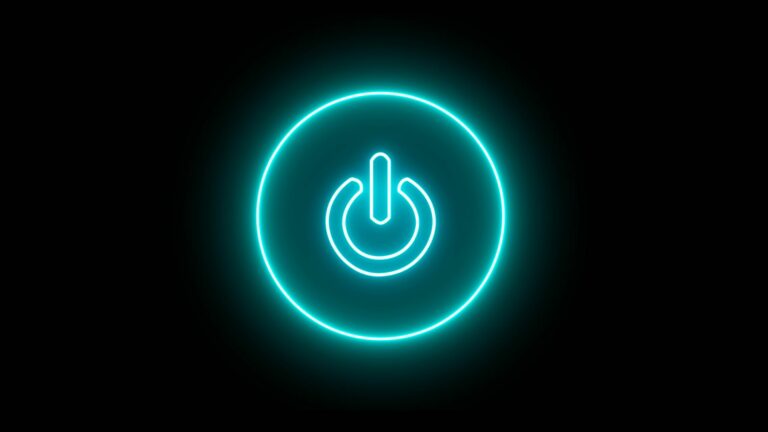New Theory Suggests the Universe Is Rebooting Itself
Are we all just part of an endless cosmic cycle?
Answering the question of where it all started has always been difficult but mankind has come a long way—from painting on the cave walls to having computers in our pockets in what seems like the mere twitch of an eyelid.
The current theory provides that the modern universe’s biggest development causing it to expand rapidly happened in a big bang then the inflation. Some similar facts which can be categorized as evidences for this theory include the expansion of the universe, the cosmic microwave background and the age of the oldest stars. However it opens other questions like the dark matter and the ‘flatness’ problem which is why does the universe seem to be flat. These mysteries have made some scientists turn into other more tenable theories.
In this paper released in the Journal of Cosmology and Astroparticle Physics, the multi-authors from different countries attempt to introduce the “non-singular matter bouncing cosmology. ” In other words, there is the believe in the theory of cyclic model, which propounds that today’s observable universe is a reincarnation of the previous universe.
While this idea was not novel, the team refined it by exploring PBH within this cosmology model This manuscript was written, to our knowledge, based on the concept not previously reported then the research team extended this work further by exploring the PBH in this cosmology model.
“In the WIMPS HD radiation dominated HBB era we found a new natural and model independent setup for PBHs formation within the context of cosmologies with non singular matter bouncing phase,” the authors put it. “In particular, the amplification of super-horizon curvature perturbation during the contracting matter era, followed by a short transition between the contracting matter phase and the expanding HBB universe, translates to larger curvature perturbations at the small scales during the HBB phase which leads to PBH formation. ”
As IFLScience pointed out, it means that there is possibility that PBHs, which are hypothesized black holes and which could have formed in the initial moments after the Big Bang, could be the relic from the disturbances during the early chaotic state. Although there are only a handful of black holes of such mass ranges that have been predicted to cause dark matter, more recent works indicate that such black holes are not sufficient to produce enough dark matter, the researchers feel that this model solves the flatness problem as well as the problem of the existence of dark matter.
“Notably enough,” the authors of the paper write, “The masses of the Primordial Black Holes we find could well fall within the realm of observationally allowed asteroid mass and could constitute all of dark matter.
Despite its fascination, the theory in question cannot be considered as accurate as Big Bang + Inflation model, which is one of the most developed theories on the topic of the existence of the universe. However, the researchers say that if this non-singular matter bouncing cosmology would be correct it might be possible to verify it by investigating stronger effects of curvature perturbation that could cause a stochastic gravitational wave background.
Additional, the future Laser Interferometer Space Antenna (LISA) mission which is a LIGO like experiment in space may provide other surprises. However, with the “bouncing” theory, there will be the question of its ability to prove its applicability against a strict model of the cosmological world that has been dominant for decades.
Do not forget to share your opinion with us to provide you with the best posts !




0 Comments